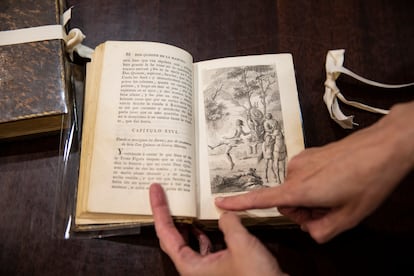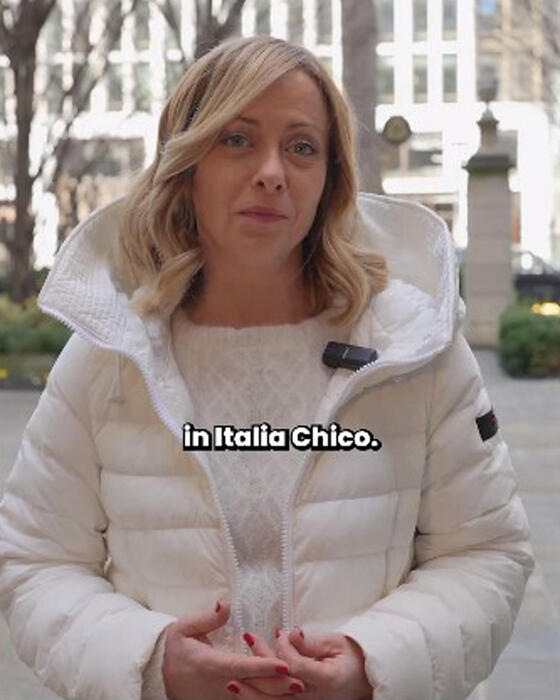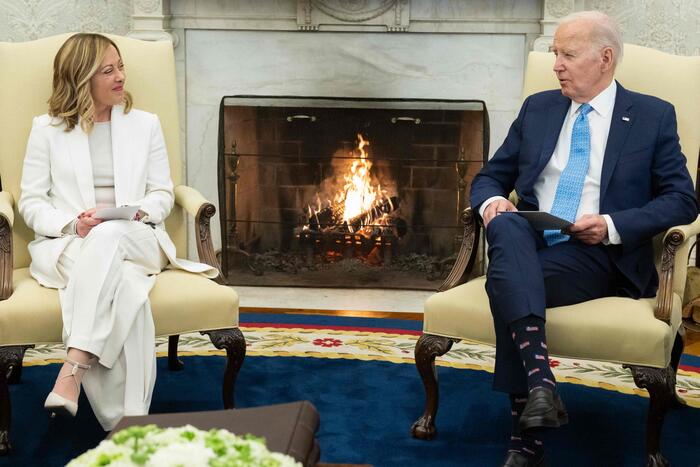Copper plate with which one of the illustrations of 'Quixote chico' was printed, in 1782 David G. Folgueiras
Of the countless editions of
Don Quixote
, there is one that was published 239 years ago to reach the widest possible audience, after decades of printing that, due to its size and luxurious illustrations, involved a cost that was not available to everyone. It was baptized as
Little Don Quixote
, a 1782 pocket edition of the great work by Cervantes promoted by the Royal Spanish Academy (RAE). El
Quijote chico
had had an older brother two years earlier, "a magnificent but very expensive edition with which the Academy began to publish classic literary works," explains the director of the RAE archive, Covadonga de Quintana. That project that started with
Don Quixote
It was the seed of the RAE Classical Library, which today is directed by the academic Francisco Rico, and brings together more than 40 titles by authors such as Zorrilla, Bécquer, Santa Teresa de Jesús, Lope de Vega, Pardo Bazán ...
More information
The 'Don Quixote' no longer has borders on the Internet
Another woman in the life of Cervantes
A signature of Miguel de Cervantes is located in Seville
Of the
canonical
Don Quixote
of 1780, "which had collated the first three editions," says by telephone Rico, a Cervantist, author of a monumental edition of the classic, the RAE thought it had to make a smaller and cheaper version.
"At first it was thought that it was not illustrated," adds De Quintana, perhaps to make it more accessible.
The compulsory license was requested from the king, Carlos III, who granted it in March 1781.
However, along the way, the RAE changed its mind and decided that
Don Quixote was
also illustrated. This is largely due to the academic Vicente García de la Huerta, a scholar born in 1734 in Zafra (Badajoz), who had returned a few years ago from exile in Algeria for some writings that the almighty Count of Aranda had not liked. García de la Huerta insisted to his colleagues that he, who claimed to be at the end of the street, was sure that people would want an edition with drawings.
The Academy decided to publish that edition "in fine print", the minutes say, which means that the four volumes of the 1780 work had to be adapted into a small format.
El
Quijote chico,
preserved in the RAE, are also four volumes, each with its white ribbon, whose brown covers measure 17 by 11.5 centimeters.
The spine reads
Don Quixote
.
"In the next mention that is made of this publication in the minutes of the Academy, it is already called
Don Quixote
," says De Quintana.
One of the volumes of the 'Quixote chico', with the drawing of the copper plate shown above.
David G. Folgueiras
The person in charge of the works was the academic Pedro de Silva, who later directed the RAE.
"He acted with full powers, without accounting, because there are no notes on it, only the payments."
Like the ones made to the Isidro and Antonio Carnicero brothers, painters and sculptors, who belonged to the Academy of Fine Arts, in charge of drawing the 23 prints of
Don Quixote
.
"The one from 1780," says Rico, "was illustrated with a chapter yes and another no."
For the
boy
, passages such as Sancho's dispute with the mistress and the niece were chosen;
the shepherds stoning Don Quixote for mistaking his flock for an army, Sancho kept in the sale and, of course, the unparalleled adventure of the windmills.
Etching and burin
Later, the drawings were sent to engravers at the Academy of Fine Arts, who produced the copper plates, etched and with a burin, which are preserved in the RAE.
"Not all were paid the same, the highest ranking was Manuel Salvador and Carmona, 18 doubloons."
The plates, which have been preserved very well, with some small green rust despite being 239 years old, are signed by the Butcher and the engraver on duty.
They also have recorded the volume and chapter in which they should go.
At last the play was presented to the king.
"Copies were sent to the Royal Library, the Academy of Fine Arts, State Secretaries, honorary scholars ...".
De Quintana states that 4,000 copies were printed as an initial print run and that it was decided, on May 2, 1782, that each batch be sold at a rate of 48 reales, an unbound price.
The drawings in the edition were the work of the brothers Isidro and Antonio Carnicero
In addition to the careful text, a biography of Cervantes was included, written by Vicente de los Ríos, an artilleryman and Cervantist, who taught his students at the Royal Military College of Segovia from the handling of gunpowder to battlefield tactics.
However, De los Ríos died before seeing his contribution published, which had already been included in the
great Quixote
.
In both editions "tables of variants" were incorporated, which examined words written in different ways in various versions.
Rico explains that the reason for these tables, among others, was because "in previous editions there were innumerable misprints."
Only five years after his birth, the little
Don Quixote
was reprinted, with the editorial novelty of a fold-out map of the route followed by the knight of the sad figure. Its author was Tomás López, a royal geographer, who made use of assistants who drew on the ground the places where Don Quixote rode.






